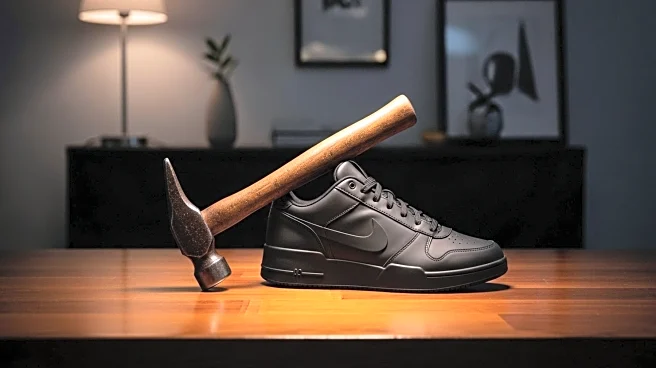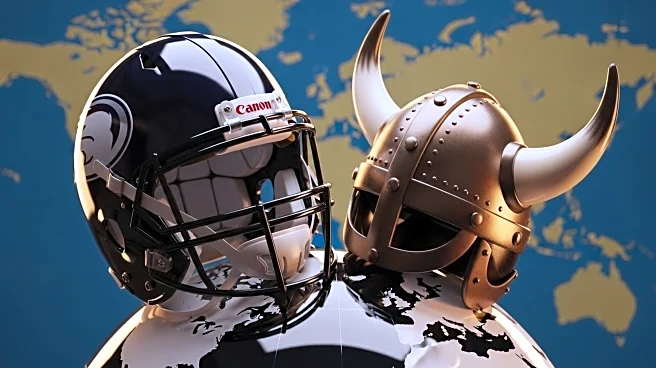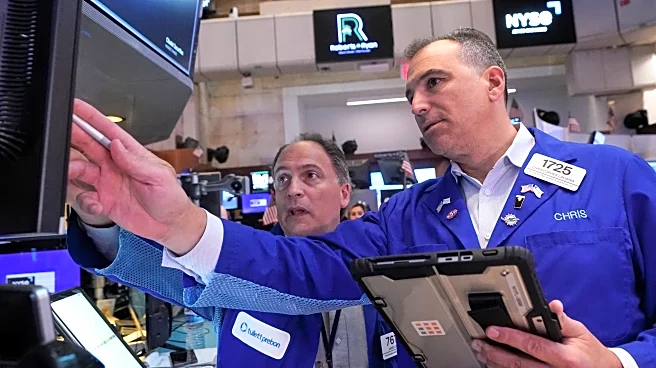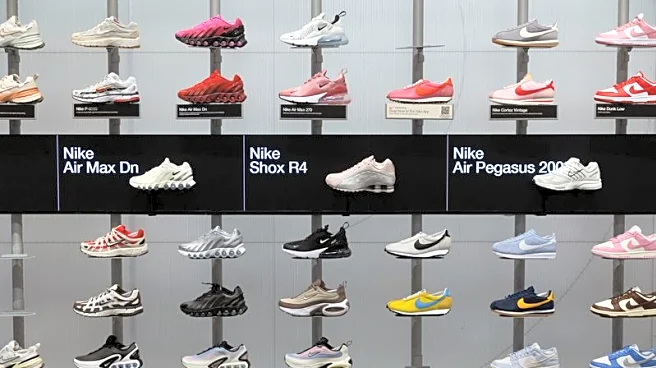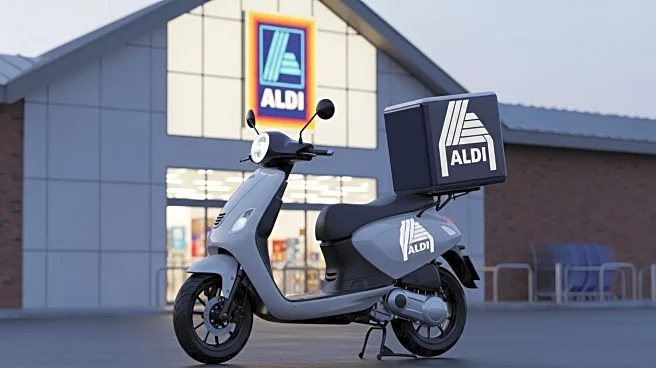What is the story about?
What's Happening?
Joe Foster, at the age of 17, joined his family's business, J.W. Foster and Sons, in Bolton, Greater Manchester, where he learned the craft of making athletic shoes. The company, founded by his grandfather Joseph William Foster in 1895, was one of the first to mass-produce running shoes, gaining popularity through the innovation of adding spikes to the footwear. This innovation was notably worn by British athletes Eric Liddell and Harold Abrahams during the 1924 Paris Olympics, an event later immortalized in the film 'Chariots of Fire.' In 1958, Joe and his brother Jeff launched the shoe brand Mercury, which was later renamed Reebok after discovering the original name was trademarked. The brand gained significant traction in the U.S. after receiving positive reviews in Runner's World magazine and further popularity when actress Jane Fonda began using Reebok shoes in her workout videos.
Why It's Important?
The story of Joe Foster and Reebok highlights the impact of innovation and branding in the sportswear industry. Reebok's rise from a small family business to a global sportswear giant underscores the importance of strategic marketing and product placement, as seen with Jane Fonda's endorsement. The brand's success in the U.S. market demonstrates the potential for international expansion when a product resonates with consumers. This narrative also reflects the broader economic and cultural shifts in the sportswear industry, where lifestyle and fitness trends can drive significant growth and transformation.
What's Next?
Joe Foster remains optimistic about Reebok's future, expressing hope that the brand will return to its roots in Bolton. The company, now owned by Authentic Brands Group, may explore opportunities to reconnect with its heritage and local community. This potential move could involve leveraging the brand's historical significance and local ties to enhance its market presence and consumer loyalty.
Beyond the Headlines
The evolution of Reebok from a family-run business to a major player in the sportswear industry illustrates the enduring value of innovation and adaptability. The brand's journey also highlights the cultural impact of sports and fitness on consumer behavior, as seen in the aerobics boom of the 1980s. Additionally, the story raises questions about the preservation of local business heritage in the face of global corporate ownership.
AI Generated Content
Do you find this article useful?
